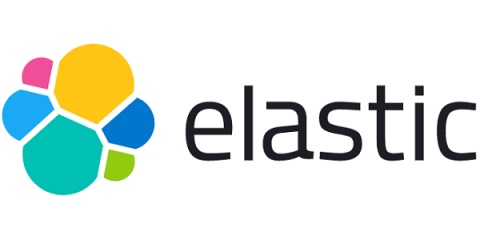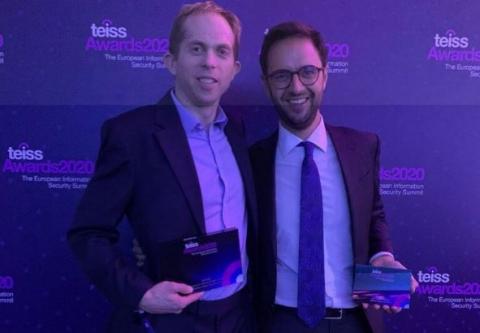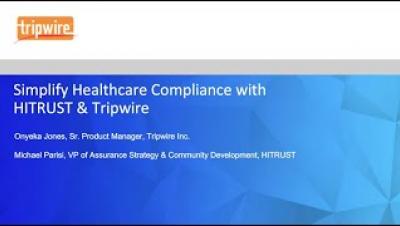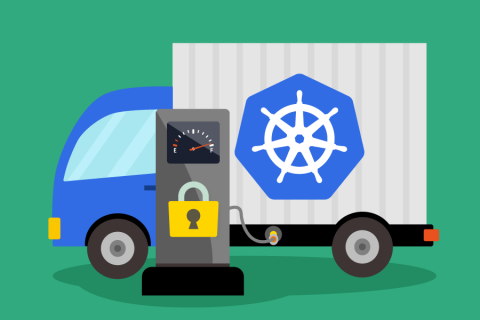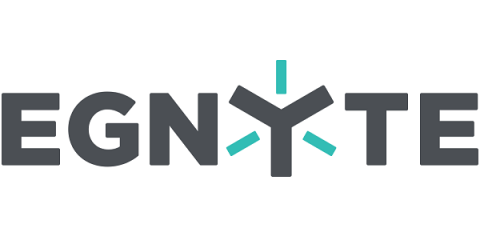Playing defense against Gamaredon Group
For several months, the Intelligence & Analytics team at Elastic Security has tracked an ongoing adversary campaign appearing to target Ukranian government officials. Based on our monitoring, we believe Gamaredon Group, a suspected Russia-based threat group, is behind this campaign. Our observations suggest a significant overlap between tactics, techniques, and procedures (TTPs) included within this campaign and public reporting.


